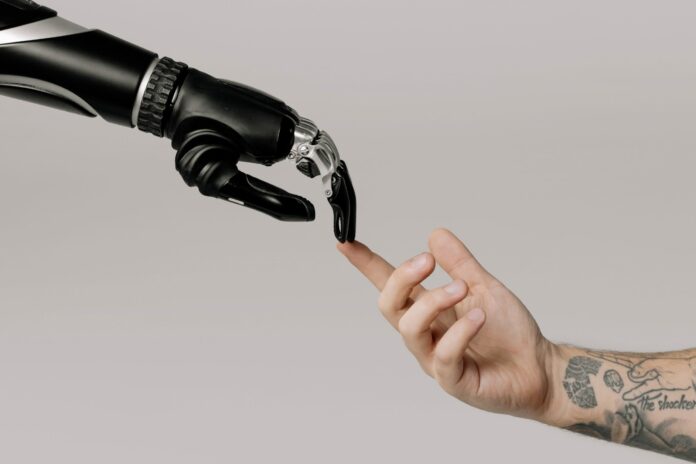Neuroscience and robotics– the fields themselves are suggestively immiscible but surprisingly or not, given the pace of growth in the tech world and the rise of innovations, the concept of a rational fusion of both no longer seems to be impossible. An article in Science Robotics titled ‘Neuroengineering challenges fusing robotics and neuroscience’ talks about how neuroscience and robots are developing hand in hand, thereby contributing to the progress within both fields and hence developing advanced android robots.
Why neuro-science and robots?
Interestingly, most robots resemble humans – so why not consider neuroscience? When a robot is required to interact with people, it is easier for humans to trust the machine if it looks like one of us. Another possibility is to ensure that not just the body, but the ‘brain’ of the robot also resembles that of a human. Engineers take inspiration from the structure of the human nervous system and try to mimic the same when developing mechanisms for perception, information processes, and control.
To quote an example, to mimic the human eye, cameras that can move on different axes are installed; based on the knowledge of visual signals and their processing in humans, engineers design the robot’s sensors based on the same principles which are how robots are given the human ability to see the world in 3D. Acceleration and orientation sensors are installed on a robot’s body to stabilize the visual perception of body movements of the external world. Robots are now being designed to experience and respond to the sense of touch too by making use of artificial tactile information to grip things and react when it comes in contact with an obstacle. Apart from these sensory experiences, robots are given specialized nerve cells designed to control motor activities like walking.
The Robotic ‘Neuroscience’
Neuroscience and robotics are indeed interrelated. Just as engineers utilize neuroscience principles to create a robot, robots are created for neuroscience too. Developing mechanical and computer models of a human nervous system permits neuroscientists to understand neurological functions and biomechanics much more efficiently. One of the prominent domains of neuroscience that uses robots is in designing neural interfaces. These systems control external devices using brain signals.
Future
Humanoid robots and their development is becoming a reality at a very rapid pace. It is said that the future of the coexistence of robots and humans is not far when robots will be coexisting with humans- walking around us, thinking like us, and mimicking us. This will also mean the rising of a flourishing field of neuroscience. It is expected to open new opportunities for neuroscientists to attain a deeper understanding of perplexing human brains.
Follow and connect with us on Facebook, Linkedin & Twitter

